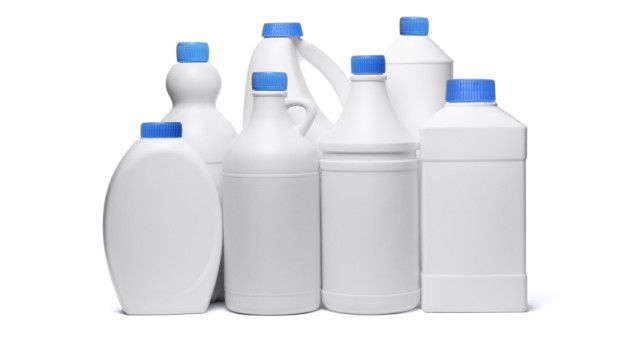Surface Disinfection State of the Industry Survey
Infection Control Today surveyed infection preventionists regarding their opinions on key issues related to environmental hygiene and surface disinfection. This report presents the survey findings through charts and graphs as a quick snapshot of infection preventionists' perspectives and practices relating to surface cleaning and disinfection.

Report Summary
Infection Control Today surveyed infection preventionists regarding their opinions on key issues related to environmental hygiene and surface disinfection. This report presents the survey findings through charts and graphs as a quick snapshot of infection preventionists' perspectives and practices relating to surface cleaning and disinfection.
Editor's Take
According to our survey, the vast majority of infection preventionists say they believe that environmental contamination plays a significant role in the transmission of pathogenic organisms. The survey also reveals a good working relationship between infection prevention and environmental services department to monitor for compliance with proper environmental cleaning and disinfection practices.
Takeaways for Your Business
- Discover how IPs rate the compliance level with proper environmental cleaning and disinfection practices at their healthcare institutions
- Learn what IPs believe are significant challenges relating to achieving optimal environmental hygiene
Vet IP Roundtable 2: Infection Control and Biosecurity Challenges in Veterinary Care
March 31st 2025Veterinary IPs highlight critical gaps in cleaning protocols, training, and biosecurity, stressing the urgent need for standardized, animal-specific infection prevention practices across diverse care settings.
Invisible, Indispensable: The Vital Role of AHRQ in Infection Prevention
March 25th 2025With health care systems under strain and infection preventionists being laid off nationwide, a little-known federal agency stands as a last line of defense against preventable patient harm. Yet the Agency for Healthcare Research and Quality (AHRQ) is now facing devastating cuts—threatening decades of progress in patient safety.
From Shortages to Security: How Reusable Health Care Textiles Can Transform Infection Prevention
March 7th 2025Reusable health care textiles enhance infection prevention, reduce waste, and strengthen supply chains. Hygienically clean textiles offer a sustainable, cost-effective alternative to disposable PPE, ensuring patient safety and environmental responsibility.